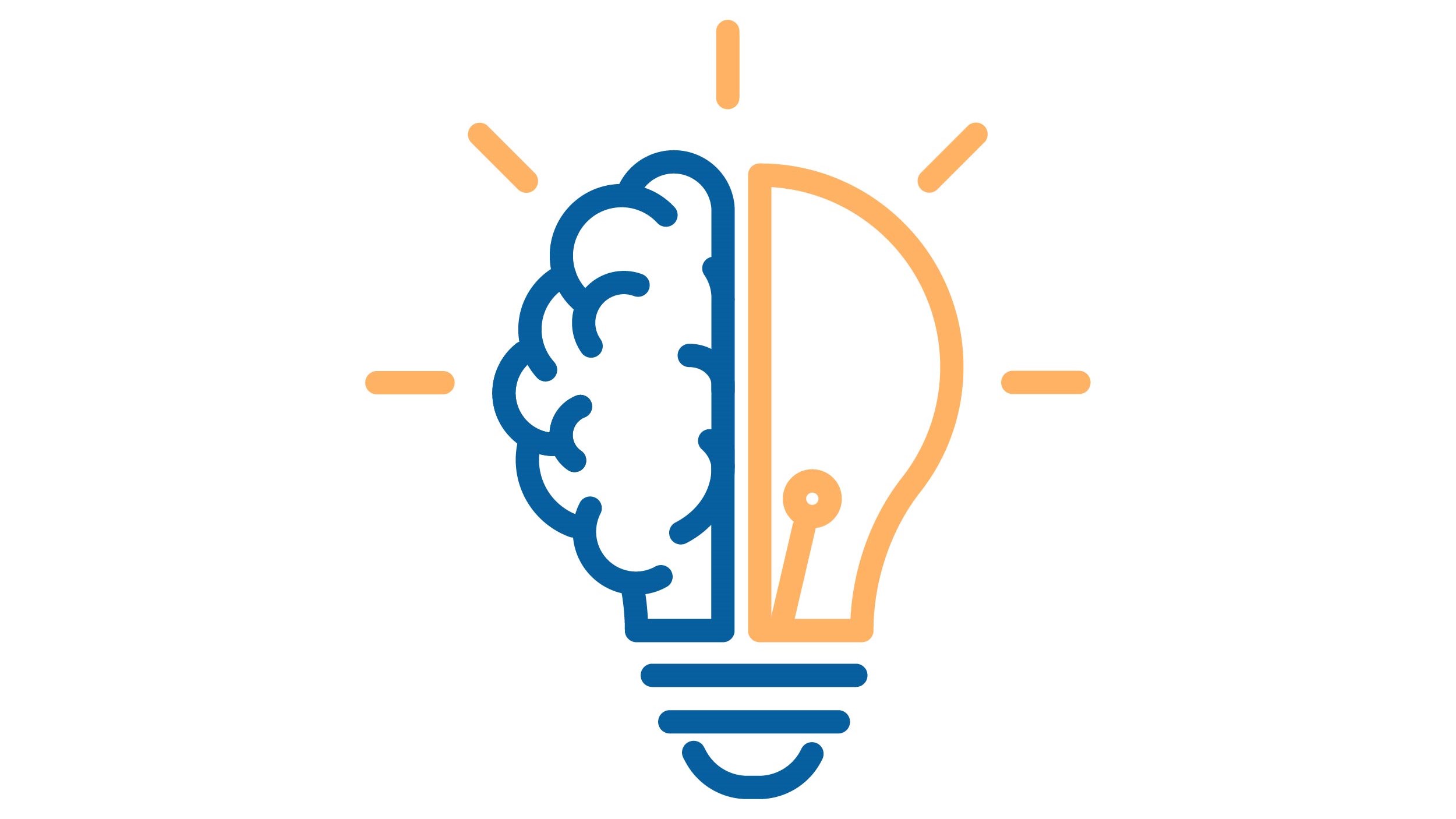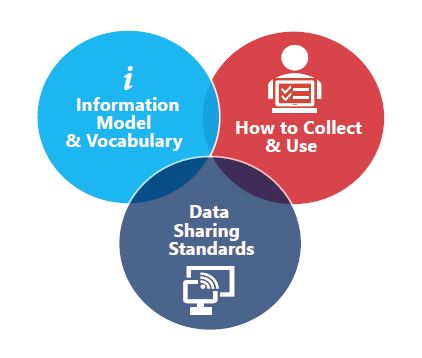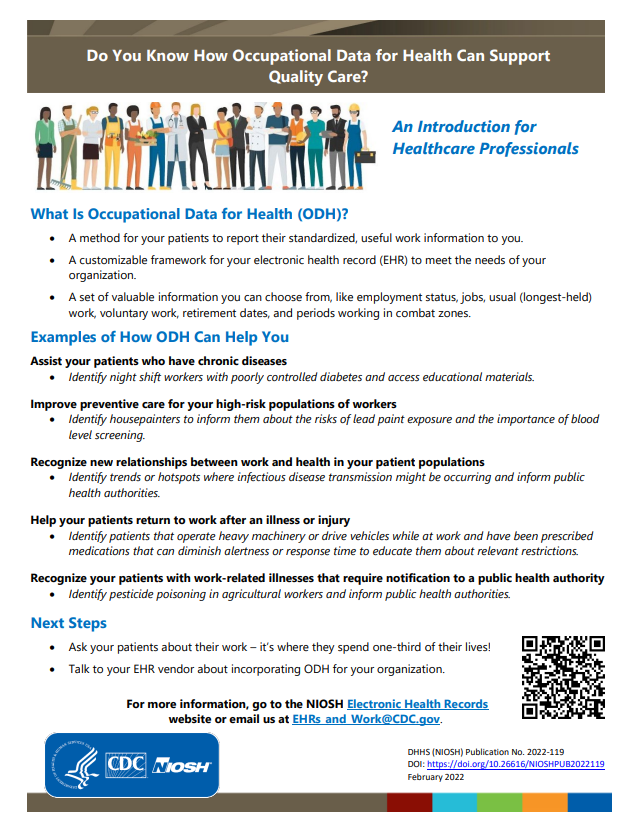At a glance
Occupational data for health (ODH) supports collection of standardized work information in electronic health records (EHRs). It is informatics for structured, interoperable data collection in health information technology systems that support patient care, population health, and public health.

ODH concepts

Two important ODH concepts are occupation and industry:
Together these concepts can represent a person's work and can be used to understand potential workplace conditions and occupational hazards.
Occupation and industry in context
The ODH information model organizes data elements about work into topics. Healthcare organizations can choose to collect a subset of data elements found in each topic. For example:
Employment status is a data element that can indicate job security and access to work benefits.
Retirement date(s) provide a correlation between work and potential access to benefits and financial security.
The ODH Job and Usual (longest-held) Work topics include data elements that use ODH occupation and industry value sets.
A Job is a time-bound concept for a specific work position. It represents the type of work with an employer or organization. The Job topic includes:
- Voluntary work as an emergency or first responder.
- Voluntary work of 20 or more hours per week.
Usual work is not limited by the concept of job and can span multiple jobs over time. This information can show how health conditions relate to work duration, including conditions that take time to become clinically apparent. A person's current job occupation and job industry may differ from their usual occupation and industry.
There is also a Combat Zone Period topic. It supports conversations about potential long-term health consequences to military and civilian workers who have worked in a combat zone.
The Work of Household Members topic helps to identify health risks associated with take-home exposures. This includes exposures to hazardous materials inadvertently brought home from work, or prenatal exposures that affect the child.
ODH vocabulary
ODH vocabulary concepts are based on the North American Industry Classification System (NAICS) and Standard Occupation Classification (SOC) concepts within their respective hierarchical categories. These concepts have assigned codes to capture structured work data within EHRs, supporting clinical care, population health, and public health stewardship.
ODH value sets are available in the Public Health Information Network Vocabulary Access and Distribution System (PHIN VADS).
The occupation value set is used for the data elements:
- Job and Volunteer
- Job Occupation
- Usual Occupation
The industry value set is used for the data elements:
- Job and Volunteer
- Usual Industry
ODH Vocabulary and reference materials can be found under the "Hot Topic" section on the PHIN VADS home page. Content includes downloadable files of ODH value sets containing active concepts for plain language descriptions (except for occupation and industry).
ODH information model
The ODH information model: The HL7® EHR System-Functional Model Release 2: Functional Profile; Work and Health, Release 1 – US Realm provides useful features for collecting, managing, maintaining, and using ODH.
- Includes standardized data elements
- Includes data elements for healthcare and public health
- Enhances information collected, exchanged, and used in EHRs.
- Is modular and customizable for diverse cases.
A Guide to the Collection of Occupational Data for Health: Tips for Health IT System Developers assists health IT system developers who are implementing ODH in an EHR. It includes considerations for usability, functionality, and concepts related to occupation and industry.
Interoperability profiles and implementation
NIOSH is working with Health Level Seven, International (HL7®) and Integrating the Healthcare Enterprise International (IHE) to develop interoperability profiles and implementation guides. The intent is to assist developers with integrating ODH in their systems. These modular templates are based on the ODH topics.
Templates for each ODH topic are available in the three HL7® interoperability content product lines. Templates are also in the IHE Patient Care Coordination (PCC) Technical Framework. These templates include:
- HL7 CDA® R2 Implementation Guide: C-CDA R2.1
- Normative HL7® Messaging Standard Version 2.9
- HL7 FHIR® 4.0.1 Profile: Occupational Data for Health (ODH)
- IHE FHIR Profile: Occupational Data for Health (ODH) – International 1.0.0 - Trial-Implementation
- IHE Patient Care Coordination (PCC) Technical Framework Supplement
Implementation guides
HL7® implementation guides and Integrating the Healthcare Enterprise (IHE) profiles that have incorporated ODH templates include:
HL7 CDA® R2 Electronic Initial Case Report Release 2
HL7 FHIR® Electronic Case Reporting
IHE Patient Care Coordination Query for Existing Data for Mobile
IHE Patient Care Coordination International Patient Summary
IHE Patient Care Coordination CDA Occupational Data Options*
IHE FHIR Profile: Occupational Data for Health (ODH) – International 1.0.0 - Trial-Implementation
IHE Quality, Research and Public Health - Healthy Weight
HL7 FHIR® Vital Records Death Reporting
HL7 CDA® Vital Records Death Reporting
HL7® Early Hearing Detection and Intervention
* This adds ODH to three profiles that are in the PCC Technical Framework: Cross-Enterprise Sharing of Medical Summaries (XDS-MS), Exchange of Personal Health Record (XPHR), Emergency Department Referral (EDR).
ODH can support quality care!

Learn how ODH can support quality care through this introductory fact sheet for healthcare professionals: Do You Know How Occupational Data for Health Can Support Quality Care?
